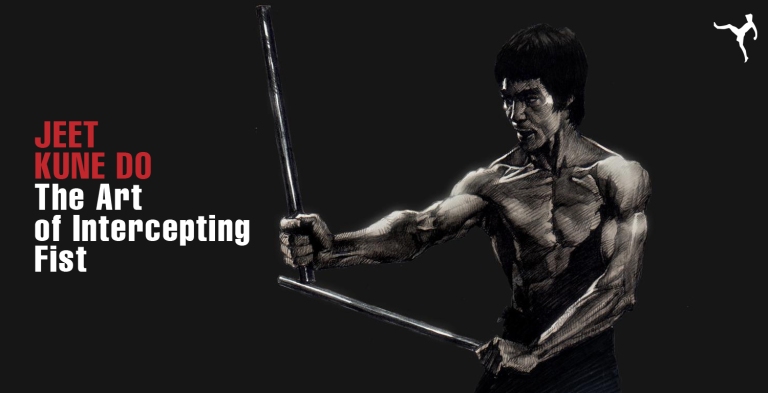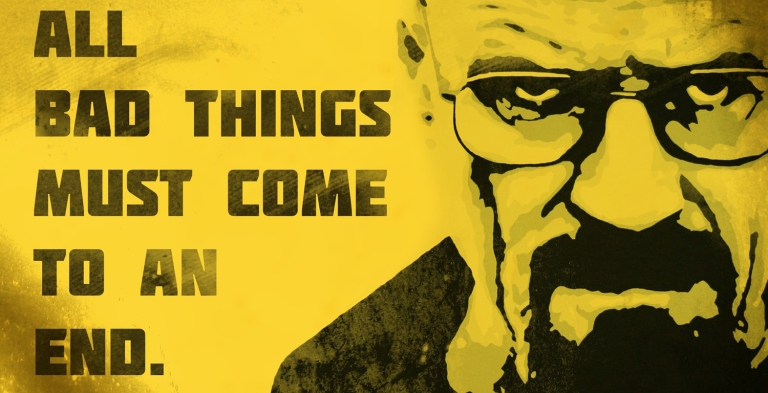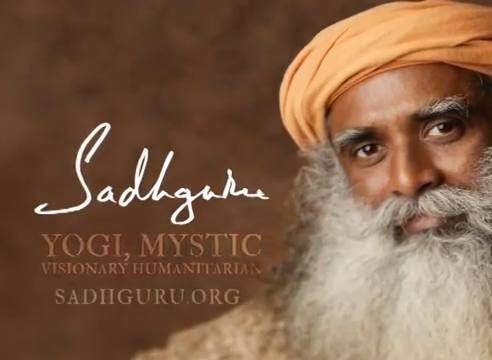“Research your own experience. Absorb what is useful. Reject what is useless. Add what is essentially your own“– Bruce Lee
Though it fits neatly under the category of a martial arts style, Jeet Kune Do really isn’t one. You see, it’s more of a philosophy. A way. And that’s exactly what founder Bruce Lee Was thinking of when he formed it. “I have not invented a new style composite, modified or otherwise that is set within distinct form as apart from this method or that method. On the contrary, I hope to free my followers from clinging to styles, patterns, and molds,” Bruce Lee once told the Black Belt Magazine. In other words, Lee believed that only what worked should be used in martial arts and the rest discarded. And that’s what makes Jeet Kune Do special.
The Early History of Jeet Kune Do and Its Founder Bruce Lee
Bruce Lee studied Wing Chun, an empty hand form of kung fu under Sifu Yip Man and one of his top students, Wong Shun-Leung, in China before leaving for the United States in 1959. With this training, he developed an understanding of striking through centerline control (protecting the middle so opponents had to attack from the outside). He gained a dislike for flashy movements and an understanding of how to intercept an attack before it had even started (an unorthodox method of countering). Beyond Wing Chun, Lee also studied both western boxing and fencing.
After moving to America in 1964 (Seattle), Lee opened a martial arts school named the Lee Jun Fan Gung Fu Institute (literally Bruce Lee’s Kung Fu Institute), where he taught Wing Chun with some modifications. However, things changed for him and martial arts in general in 1964 after he fought and defeated local Chinese martial arts master Wong Jack Man in less than three minutes in a challenge match. Despite his victory, Lee was disappointed, believing that he had not fought to his potential because of the limits his style of fighting had placed on him. Eventually, this led to the formulation of a martial arts philosophy without limits, one that did not force practitioners to adopt only one style or way of doing things. This new philosophy would eventually allow Lee to incorporate boxing, Wing Chun, grappling, and even fencing into his training.
One year later, “The Way of the Intercepting Fist,” or Jeet Kune Do was born.
Characteristics of Jeet Kune Do
The overriding principle of Jeet Kune Do is to eliminate what doesn’t work and use what does. This isn’t just a global ideology, either. There is also an individual component to the Jeet Kune Do philosophy, where the strengths and weaknesses of practitioners are taken into account when practicing and formulating their martial arts plan. Although jeet kune do’s foundation lies in wing chun theory, Bruce Lee liberally borrowed from other kung fu styles: taekwondo, wrestling, fencing and Western boxing.
Some frameworks of JKD are:
Centerline Control: Lee’s Wing Chun training taught him to protect his centerline so attackers were forced to try and strike from the outside in. This is a staple of JKD.
Combat Realism: AKA- forget kata. Some martial arts styles swear by kata, or prearranged fighting movements conducted in isolation where practitioners are asked to pretend that they are taking on attackers while delivering punches or kicks. JKD and Lee did not subscribe to the kata philosophy, nor any flashy movements or point sparring measures. Rather, they believed that learning in such a manner sometimes fooled martial artists into a false sense of combat security, as many of the moves being practiced did not work in real life.
Economy of Motion: Eliminating wasteful movement is a staple of Jeet Kune Do. In other words, why do a spinning head kick if a front kick to the midsection will do? The front kick is faster and doesn’t waste as much motion.
Emphasis Placed on Low Kicks, Not High Kicks: If a high kick opening presented itself, then fine. That said, JKD, in conjunction with the idea behind economy of motion, emphasized low and body kicks to the shins, thighs, and midsection. Of course, nothing in JKD was written in stone, which may be why Lee stopped short of abolishing the idea of high kicks completely.
Five Ways of Attack: This refers to the five ways JKD practitioners are taught to attack. These are Single Angular Attack and its converse Single Direct Attack; Hand Immobilization Attack; Progressive Indirect Attack; Attack By Combinations; and Attack By Drawing. Emphasis is placed on deception and counter striking in all of these.
Four Parts of JKD: These are efficiency (an attack that reaches its mark quickly and with sufficient force), directness (doing what comes naturally in a learned way), simplicity (without flashiness or being overly complicated), and quickness (moving in a fast manner before an opponent can think).
Inside Fighting: Lee believed in learning how to fight not only from a distance- as most point styles emphasize- but also on the inside.
Simultaneous Blocks and Attacks and Intercepting Attacks: Again, in going along with the economy of motion principle, JKD emphasizes simultaneous blocks and attacks so as to not waste motion or time (speed was important). In addition, anticipating an attack and delivering a strike while an opponent was coming forward was also emphasized (intercepting attacks).
Three Ranges of Combat: Rather than ignore certain parts of combat, Lee embraced them. Along with this, he noted that the ranges of combat were close, medium, and long.
Since Bruce Lee’s death in 1973, two variations of jeet kune do have evolved: original JKD, which is promoted as the art Bruce Lee practiced; and JKD concepts, which applies Bruce Lee’s concepts to martial arts techniques drawn from various Indonesian, Philippine and Thai styles. The lineage of Bruce Lee continues to liberate seekers from the patterned rigidity of traditional martial arts.
_______________________________________________________________________________
Reinvent yourself! Take the first step. Sign up https://goo.gl/FWnXfG with us for your Trial Class.
For more information, visit www.fitnessfightclub.com










